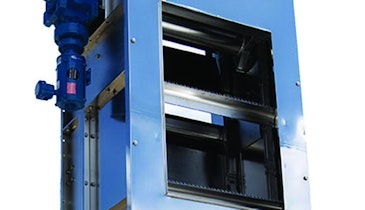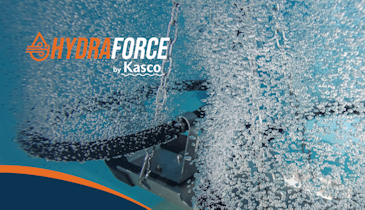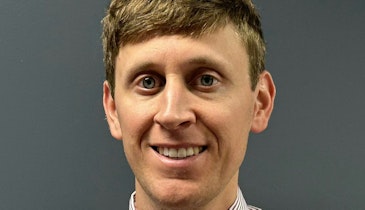The HeadCell provides industry leading grit separation performance. The reason this system performs so well is the unique design which eliminates the problems inherent to other types of grit removal systems. As a submerged unit it can be difficult to see how the HeadCell works.
Surface area contact is the driving factor in all types of grit separation. With a large enough basin, a simple tank could be used to settle out the vast majority of grit. However, a settling basin big enough to do this for most WWTPs could require acres of plant footprint as well as a tremendous amount of concrete. The proprietary stacked tray design of the HeadCell provides a very large amount of surface area in a very small footprint.
Moving mechanical components are another major flaw in many types of grit removal. In addition to the energy costs, moving parts can be severely impacted by grit, which can lead to frequent, time-consuming and expensive maintenance. The HeadCell is entirely driven by hydraulic forces and geometry. The HeadCell needs less than a foot of headloss at peak flow to operate.
These and the many other HeadCell design advantages are covered in this short video. This video will help you understand the operating principles that drive HeadCell performance. It also shows how the flexible design configurations can enable plants to repurpose existing channels and tanks to significantly reduce installation costs.
Visit the Hydro International Storefront





